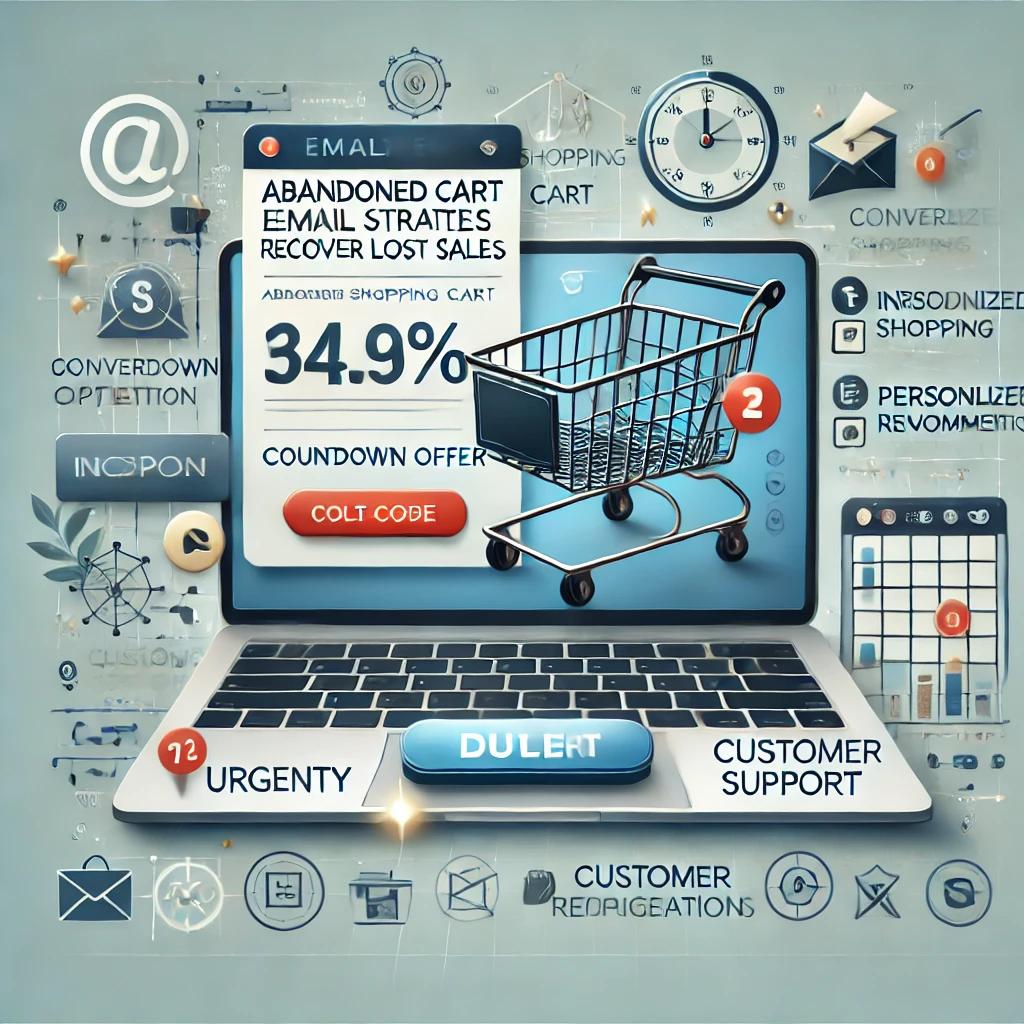Abandoned Cart Emails: Strategies to Increase Conversions
Learn the best techniques to recover hesitant customers and turn abandoned carts into successful sales.
Bertagnolli Enrico

Every day, millions of shopping carts are abandoned without completing the purchase. According to statistics, 70% of carts on e-commerce sites are not finalized, resulting in significant lost sales.
Recovery emails for abandoned carts are used to:
- Bring customers back to the site to complete their purchase.
- Reduce the cart abandonment rate and increase revenue.
- Use incentives and psychological triggers to stimulate action.
- Improve the user experience by offering personalized support.
Let’s examine the best strategies for creating effective cart recovery emails.
1. Why Do Customers Abandon Their Cart?
Understanding the causes of cart abandonment is essential for creating effective emails.
The main reasons include:
- Unexpected costs: Excessively high shipping fees.
- Complicated checkout process: Lengthy or confusing payment procedures.
- Lack of trust: Doubts about payment security or return policies.
- Distraction: The customer leaves the site for other reasons.
- Payment issues: Declined cards or technical errors.
Recovery emails must address these objections to bring the customer back to the purchasing stage.
2. Creating a Cart Recovery Email Sequence
A single recovery email might not be sufficient. It is advisable to use an automated sequence to maximize conversion rates.
Here is a 3-step strategy:
- Email 1 (After 1 hour): A reminder of the abandoned cart with a link to complete the purchase.
- Email 2 (After 24 hours): A special incentive such as a discount or free shipping.
- Email 3 (After 48 hours): A message conveying urgency: "Last chance before your cart is emptied."
3. Example of a Cart Recovery Email
Below is an effective template for a cart recovery email.
Subject: [Name], you left something in your cart!
Email Body:
Hi [Name],
We noticed that you left some items in your cart. If you would like to complete your order, your cart is still waiting for you!
Your Cart:
- [Product Name 1]
- [Product Name 2]
- [Product Name 3]
As a little incentive to help you decide:
Enjoy a 10% discount by using the code: TORNA10
Hurry! Your cart will be emptied within 24 hours.
[CTA Button: "Complete Your Purchase Now"]
4. Psychological Triggers to Encourage Return
Using psychological triggers can increase the likelihood of conversion.
- Urgency and Scarcity: "Only a few items left in stock."
- FOMO (Fear of Missing Out): "This offer expires at midnight."
- Security Assurance: "Secure payments and free returns."
- Customer Reviews: "Over 10,000 satisfied customers."
These elements help reduce objections and push the customer to complete the purchase.
5. Mistakes to Avoid in Cart Recovery Emails
To maximize results, it is important to avoid common mistakes:
- Not sending the email on time: After 48 hours, the conversion probability drops dramatically.
- Not personalizing the message: Generic emails are less effective.
- Not including images of the abandoned products: Visual imagery can encourage the purchase.
- Not offering an incentive: Sometimes, a discount can make all the difference.
Conclusion
Cart recovery emails are an essential strategy to increase conversions and reduce lost sales. A well-designed sequence, combined with psychological triggers and incentives, can recover a significant percentage of missed purchases.
In our next article, we will discuss cross-selling and upselling emails to increase average cart value and encourage repeat purchases.

